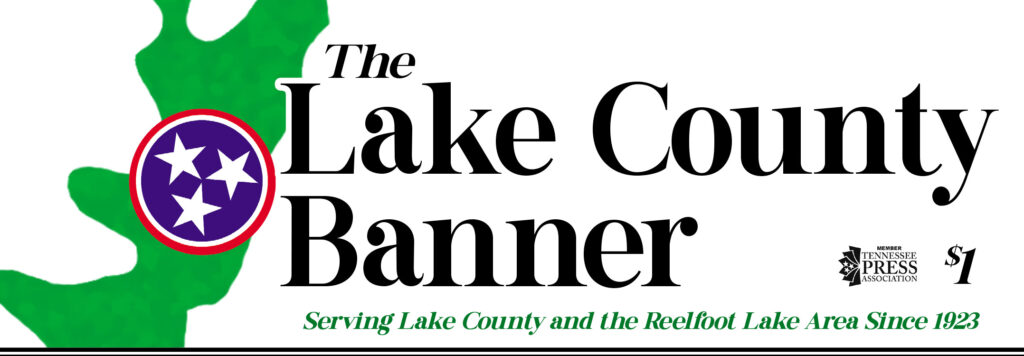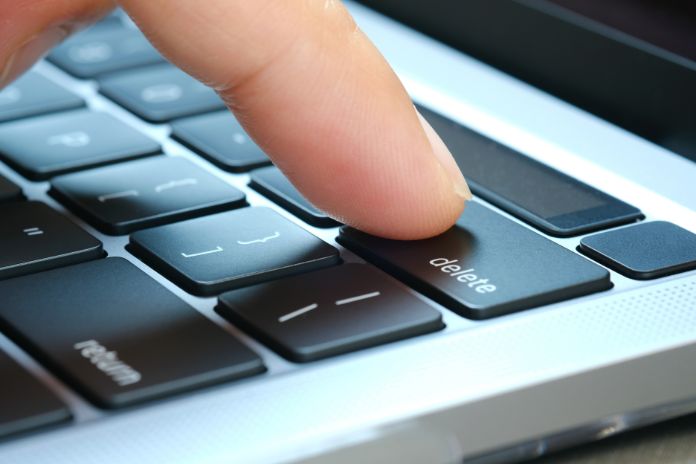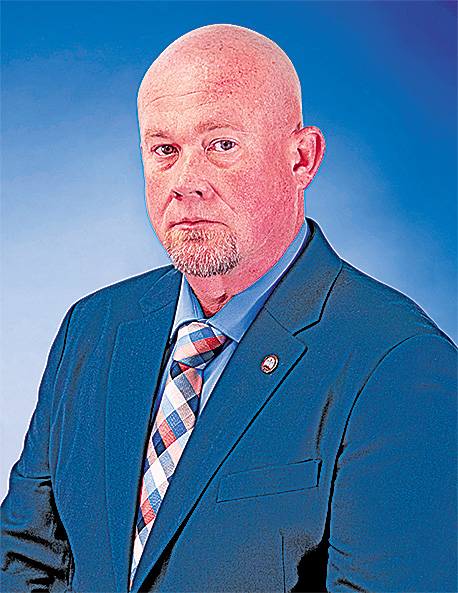Are you fed up with staring at the cracks in your drywall? Do you want to tackle the repairs yourself to avoid paying for a contractor?
If so, DIY drywall repair is very doable. Anyone can learn how to repair drywall with the proper instruction and techniques.
Of course, there’s a right way and a wrong way to go about repairing your drywall. Do things wrong, and you could end up ruining your wall—or even worse—damaging your lungs. We want to ensure that you do things right, so we’ve compiled the biggest dos and don’ts of drywall repair.
Do Wear Adequate Protection
Drywall compound consists of fine particles that will damage your lungs if inhaled. To avoid this, always wear a quality dust mask when working with drywall.
You should also wear disposable gloves to protect the skin on your hands. Gypsum dust will dehydrate your skin, so it’s best not to come into contact with it.
Don’t Use Quick Patch Kits
You shouldn’t view a quick patch kit as a permanent fix. It will cover the area, but it won’t last very long at all. You’ll need to repair it with an actual drywall compound for it to last longer than a week or two. You should only use a quick patch kit for a temporary fix that you plan to go back over later.
Do Use the Right Tools
If you want to do the job right, you’ll need the proper tools. There are a few essential tools that every drywaller needs on hand. These include sanding sponges, mud pans, drywall knives, and more. If you plan on repairing drywall, you’ll need to go out and buy the right tools to ensure the result looks professional.
Don’t Forget Inspections
It’s tempting to say, “good enough” and call it a day after finishing a drywall repair. But resist the urge. If you do this, there’s a high chance you’ll need to repair your drywall again soon. Before finishing any job, you must perform a thorough inspection. You should run your hands along the wall to ensure the surface is smooth. If you notice any bumps or lumps, sand them out as needed.
Those are the biggest dos and don’ts of drywall repair. Before attempting your first drywall job, you should review this list and commit it to memory. Remember: you need to wear your mask, use proper tools, and inspect the job once you finish.







